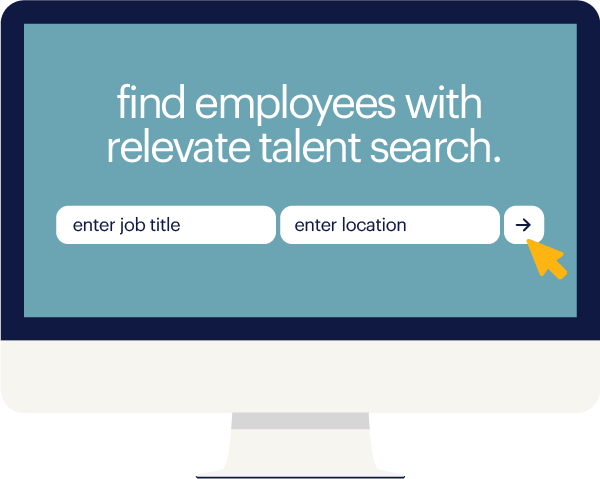A policy permitting your employees to work from home part-time in a hybrid capacity can be more than just a nice perk. It can help you attract top candidates who expect flexible arrangements. But it’s not as simple as telling employees to pick their preferred working model and calling it a day. A hybrid team, where employees must collaborate across different locations, presents your team with several new challenges. Before instituting a hybrid, work-from-home policy, consider implementing practices that will help them be as productive as possible.
the benefits of a hybrid work policy
How we work is still undergoing a major transformation. With so much in flux, taking a hard line on either side of the fully remote/fully onsite spectrum could alienate a significant portion of the talent pool. Hybrid work presents a much more palatable middle ground, giving employees the option to work within the framework that matches their productivity style the best.
It’s no surprise, then, that employers and employees alike are flocking to adopt this best-of-both worlds approach: More employers have reported plans to adopt a hybrid model than traditional, in-person ones. Employees, for their part, agreed, with 68 percent of respondents to another survey saying a hybrid model would be ideal.
Going forward, providing this kind of flexibility will be key to attracting and retaining top talent. Eighty-eight percent of knowledge workers, for example, said they’d be looking for “hour and schedule” flexibility when evaluating future offers.
While letting employees work from home part-time can empower them with a sense of autonomy and the chance to work in a distraction-free environment, they will also have to wrestle with feelings of isolation and detachment from their colleagues. But you can help them overcome those feelings. Here's how.
how to keep employees engaged and happy in a hybrid environment
1. provide tools of the trade
Do not count on employees already having a modern PC or laptop, a high-speed internet connection or a VoIP-capable phone. Supply them with all the equipment they need, including a computer loaded with any necessary software applications, such as VPN and email clients. Create accounts for them with all cloud-based services and applications your company uses, like Dropbox, so they can be up and running on day one.
2. provide adequate tech support and training
Understand that some employees will be more tech-savvy than others. Many workers were forced to work remotely for the first time during the pandemic, and found the increased reliance on technology to be worrisome. In fact, 35 percent of employees between the ages of 45 and 54 echoed that very concern. To avoid overwhelming your team with tech, make sure tech support and training resources are readily available.
3. use one communications/collaboration platform
Communicating with team members and other colleagues can be difficult if some people use Skype and others use Google Hangouts or Slack. Creating and sharing files grows unnecessarily complex if one team works in Microsoft Office and others use Google’s G-Suite. Pick one platform or application, and roll it out enterprise wide.
4. schedule regular team meetings in person
There’s no better way to keep everyone on the same page than the weekly team meeting. While virtual meetings can work just fine, working in a hybrid model allows you to schedule these for days when employees are in the office. Having this scheduled face-to-face time for your team to interact in person can engender camaraderie and ease feelings of isolation that might be accruing from too much time at home.
5. make time for one-on-one meetings
Similar to your weekly team meetings, opt to schedule your one-on-one check-ins for days when employees are in the office. It’s not uncommon for an employee to wonder what his or her manager is thinking, and that can quickly lead to feelings of isolation and distraction for part-time remote employees. Schedule regular one-on-one meetings, both friendly, weekly catch-ups and formal performance reviews.
key takeaways
Hybrid models have emerged as a popular choice for employers and employees alike in the new world of work. However, failing to implement them properly can undo many of the benefits they’re designed to elicit. Follow the five steps here, and you’ll be well on your way to developing a happy, high-performing, hybrid workforce.
For more engagement, retention and workforce insights, visit the Randstad Learning Center today.








